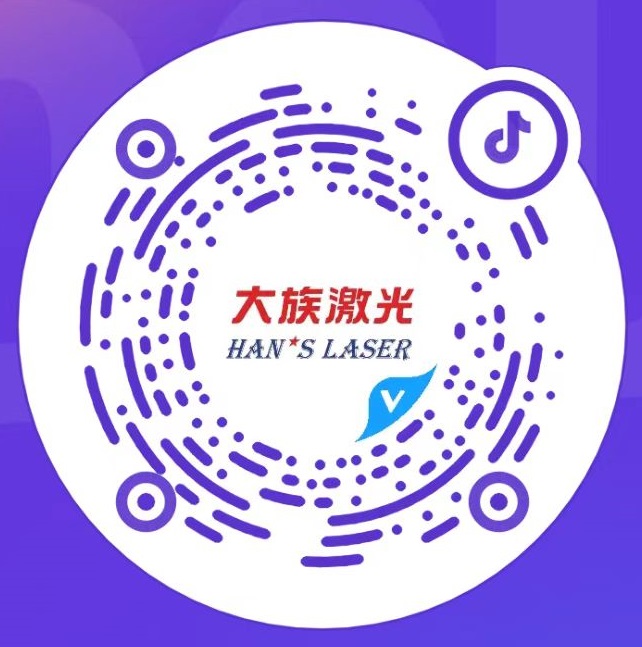Fiber laser welding machine makes the welding of sensor more convenient
Fiber laser welding machine makes the welding of sensor more convenient
Sensor is a kind of high-precision testing instrument, which has strict requirements in aerospace production and manufacturing. The products
must be strictly tested before they can be applied. There are integrated circuits and sensitive elements inside the sensor, which can be filled with
inert gas or evacuated to isolate from the outside. There are pressure resistance and air tightness requirements. In addition, there are welding
process strength requirements and air leakage rate requirements, which require high welding process quality, small deformation in the welding
process, and can not damage the internal components and microcircuits.

Fiber laser welding machine
Then, the traditional welding equipment such as TIG welding, resistance welding, electron beam welding, plasma arc welding and so on can not meet this
requirement. For common resistance welding, it is mainly used to weld thin process metal parts. The two electrodes clamp the surface of the parts to be welded,
and melt the electrode contact surface through large current. That is to say, the welding process is carried out through the workpiece resistance heating, and the
workpiece is easy to deform.
Laser welding machine is no contact processing, no tool loss and tool replacement. The moving speed and energy of the laser beam can be adjusted. It can also
be welded in various forms; Laser welding has high level of automation, can be controlled by computer, welding process is fast, high efficiency, can be convenient
for any complex shape welding; The heat affected zone is small, the material deformation is small, and no subsequent process treatment is needed; Laser welding
machine has high production efficiency, stable and reliable processing quality, good economic and social benefits. So for precision electronic components such as
sensors, laser welding machine is the best choice.
must be strictly tested before they can be applied. There are integrated circuits and sensitive elements inside the sensor, which can be filled with
inert gas or evacuated to isolate from the outside. There are pressure resistance and air tightness requirements. In addition, there are welding
process strength requirements and air leakage rate requirements, which require high welding process quality, small deformation in the welding
process, and can not damage the internal components and microcircuits.

Fiber laser welding machine
Then, the traditional welding equipment such as TIG welding, resistance welding, electron beam welding, plasma arc welding and so on can not meet this
requirement. For common resistance welding, it is mainly used to weld thin process metal parts. The two electrodes clamp the surface of the parts to be welded,
and melt the electrode contact surface through large current. That is to say, the welding process is carried out through the workpiece resistance heating, and the
workpiece is easy to deform.
Laser welding machine is no contact processing, no tool loss and tool replacement. The moving speed and energy of the laser beam can be adjusted. It can also
be welded in various forms; Laser welding has high level of automation, can be controlled by computer, welding process is fast, high efficiency, can be convenient
for any complex shape welding; The heat affected zone is small, the material deformation is small, and no subsequent process treatment is needed; Laser welding
machine has high production efficiency, stable and reliable processing quality, good economic and social benefits. So for precision electronic components such as
sensors, laser welding machine is the best choice.








